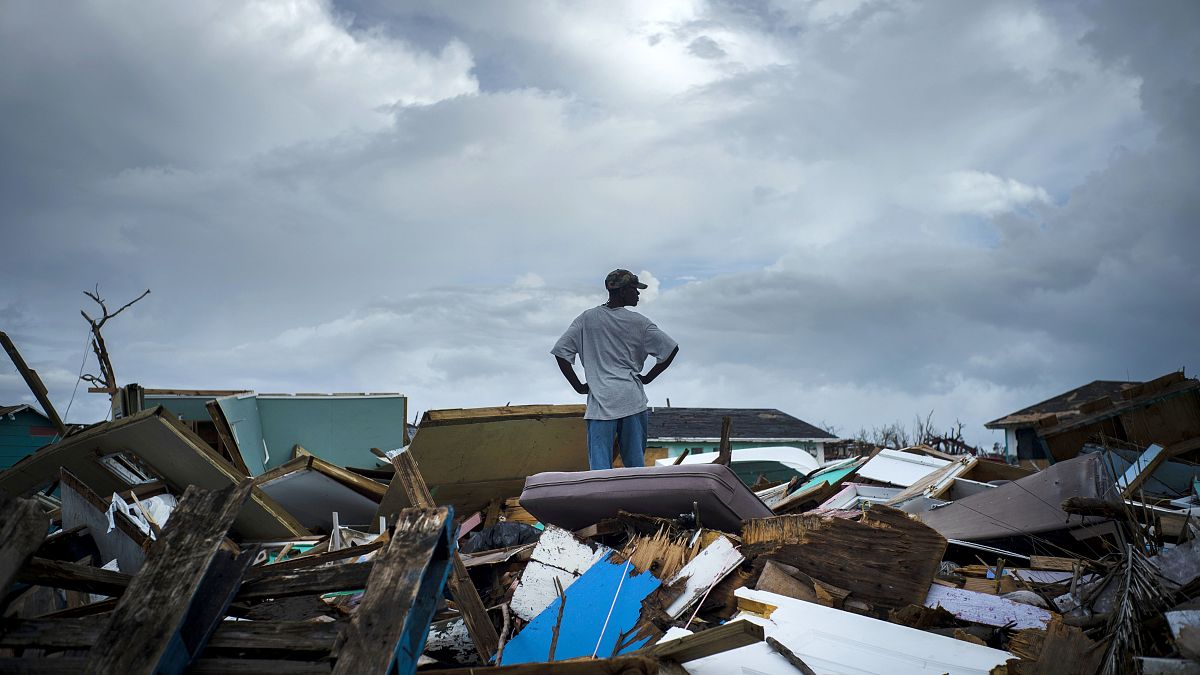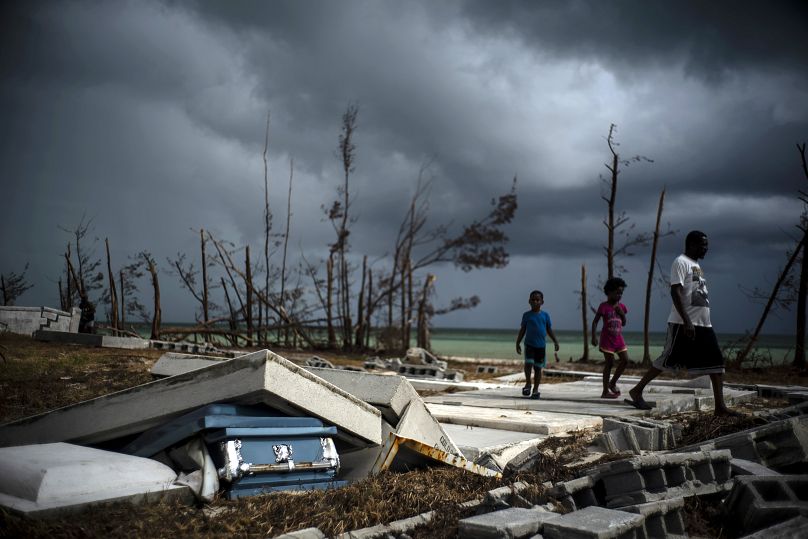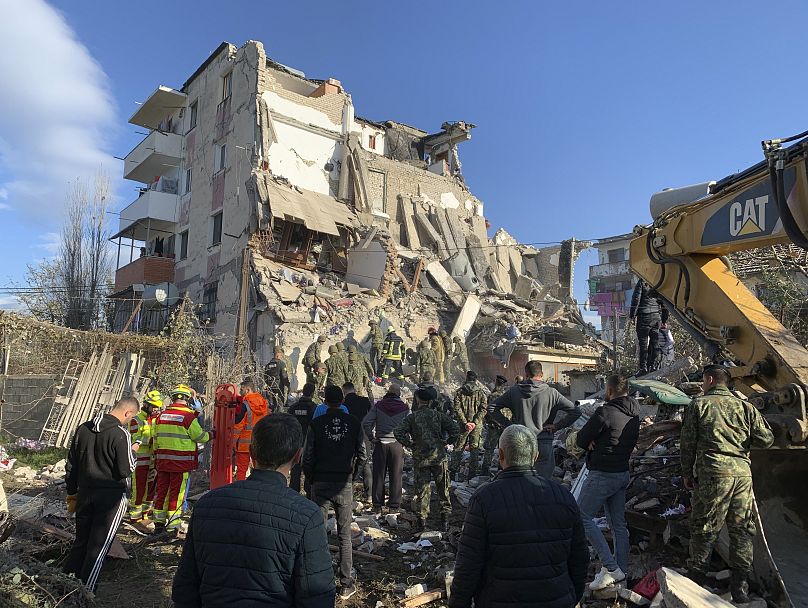Spain was the worst-hit country in Western Europe, recording more than 23,000 people displaced last year alone.
In Africa, cyclones Idai and Kenneth forced hundreds of thousands of people from their homes. In the Bahamas, Hurricane Dorian caused widespread devastation. In India and Bangladesh, cyclones Fani and Bulbul displaced more than five million people.
In Europe, the worst fires in the Canary Islands in a decade saw 10,000 people evacuated. Across the continent, 70,000 people were displaced by weather or natural disasters in 2019, more than double the figure of the previous year. In Spain alone, the figure was 23,000.
According to the Global Report on Internal Displacement, released by the Internal Displacement Monitoring Centre (IDMC), 45.7 million people are living as migrants in their own countries due to conflict and violence. But despite the fact that conflicts create long-term displacement, in the decade since 2009, more people lost their homes due to a storm than a war on a global level.
Natural disasters triggered nearly three-quarters of new displacements recorded worldwide in 2019, accounting for 24.9 million. More than 95 per cent were the result of weather-related hazards such as storms and floods.
In Europe, it was summer floods and wildfires that had the biggest impact, but three earthquakes in Albania also forced thousands of people from their homes.
And while Europeans affected by natural disasters are usually able to return home after a short period of time, in poorer areas - like Moldavia, Bosnia and Herzegovina, and rural areas of Spain or Portugal - natural disasters can trigger undetected migration towards other countries, as Euronews revealed in its exclusive investigation Europe’s Climate Migrants.
Behind Albania and Spain, the UK and France (with 12,000 and 6,200 people displaced respectively) are the European countries where the weather created the most havoc in 2019.
There were a total of 32 disasters in France, displacing more than 6,200 people. Around 3,400 were as a result of flooding, and half of those evacuations in southern parts of the country in November.
Heavy rains and high winds in the south and west also displaced as many as 635 people in December.
Compared to the numbers seen in Asia or Africa last year, the numbers might seem low, and people in Europe are generally are able to rebuild thanks to the help of institutions.
But signs of the trauma of losing everything overnight are still evident even a decade later, as we found out in our investigation when visiting disaster-torn towns in France and Germany.
Europe accounts for less than 1% of the total weather displacements around the world; yet, in some countries like Azerbaijan, Bosnia and Herzegovina, Cyprus, Georgia, Kosovo, Russia and Turkey, millions still live in distress. More than 2.8 million people have not been able to return home, some for as long as 20 years, as a result of the war in Ukraine or previous conflicts.
In countries like the United States and Brazil, which are governed by climate-sceptical leaders, 916,000 and 295,000 people respectively became internally displaced.
In 2019 alone, the U.S. figure is double that of war-torn Afghanistan, with the vast majority triggered by storm and wildfires.
Hurricane Dorian led to the evacuation of more than 450,000 people in the states of North and South Carolina, Florida, Georgia and Virginia between the end of August and early September, and wildfires triggered the displacement of at least 421,000, 400,000 of them in California in October.
IDMC also estimated the economic cost of internal displacement at $20 billion, or $390 a year for each person displaced.
And what about the people displaced during the COVID-19 crisis?
The coronavirus pandemic has already triggered internal displacements, says Alexandra Bilak, director of the IDMC.
"For instance with up to 1 million migrant workers moved out of Indian cities and back to their villages," she said.
Bilak says some people wanting to move within their own country have not been able to do so, so emergency centres have been set up to house them, for instance in Peru. Others have tried to return home from outside their country and have done so (for instance Venezuelans in Colombia wanting to return home) but - having done so - they find themselves as internally displaced.
The onset of the COVID-19 coronavirus has multiplied the vulnerability of many of these displaced people, especially those who live in overcrowded spaces with limited access to healthcare, such as makeshift settlements or refugee camps.
"Floods in Ninewa (Nineveh) in Iraq, torrential rains in Yemen, Superstorm Harold in the Pacific and tornadoes in the United States are already raising the question of what measures to take in the face of disasters, as evacuation centres and shelters are likely to become perfect spreading grounds for the virus," writes Bilak.
"Our hope is not that the IDPs will be forgotten, but that the coronavirus can be motivator and accelerator for governments to address the issue of the displaced within their own borders," she adds.


